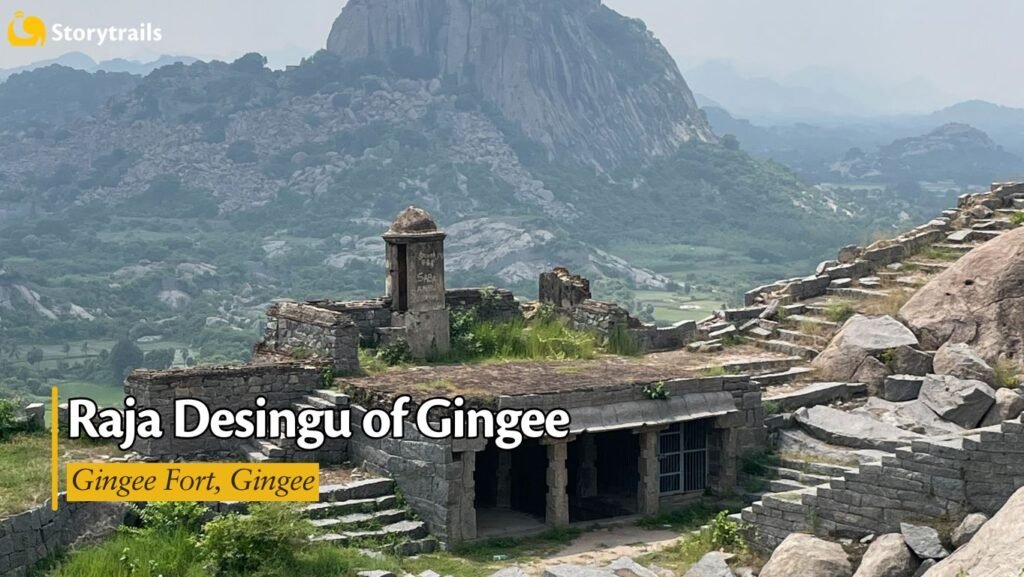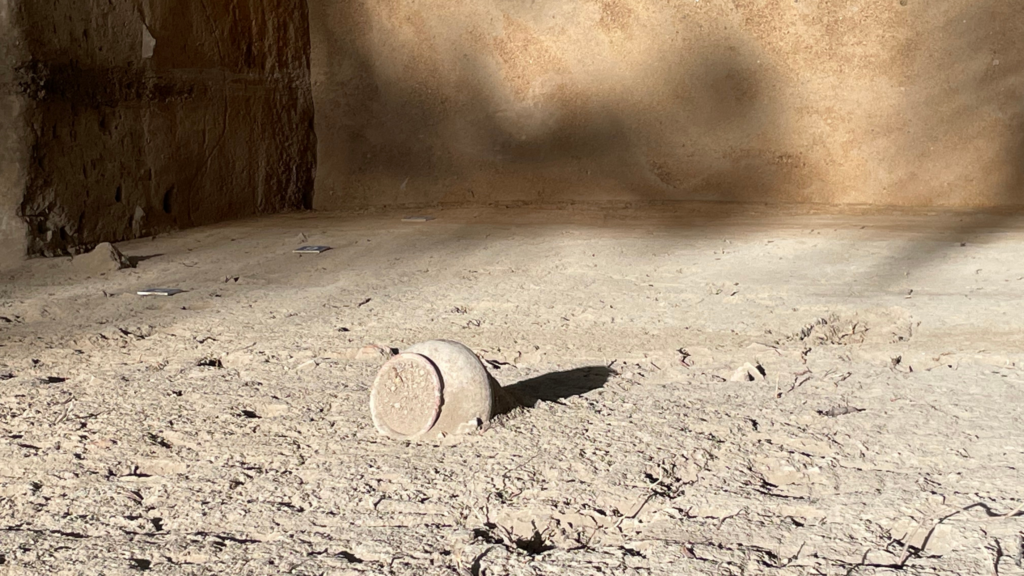Gangaikonda Cholapuram was the capital city of Rajendra Chola, the greatest Chola king that ever lived. Born to an illustrious father, Raja Raja Chola, this mighty king ruled over large parts of south India over 1000 years ago. He wanted to anoint his new capital city with water from River Ganga. So he sent his army on a long expedition from Thanjavur in Tamil Nadu all the way to modern day Bangladesh. His army defeated many kingdoms en route, and brought back water from the holy river Ganga. He poured this water into a lake he built, the Chola Gangam, one of the largest manmade lakes in India till date. Gangaikonda Cholan literally means the Chola king who conquered the (plains of) River Ganga. Rajendra Chola commanded the largest blue water navy in Indian history, and used it effectively to subdue Srivijaya, a southeast Asian kingdom that lay 3000 kilometres away. The magnificent Gangaikonda Cholapuram temple was built by him and it still stands tall as a charming celebration of his might and power.
A Rajput prince from Bundelkhand named Tej Singh came to Gingee in Tamil Nadu and became a local hero named Raja Desingu. His story is still told in local ballads and street performances like Therukoothu and Poi-Kal-Kuthirai, and even the Burra-Katha tradition of Andhra. It was even made into a Tamil biopic in the 1960s, featuring MGR. Who was Raja Desingu?










